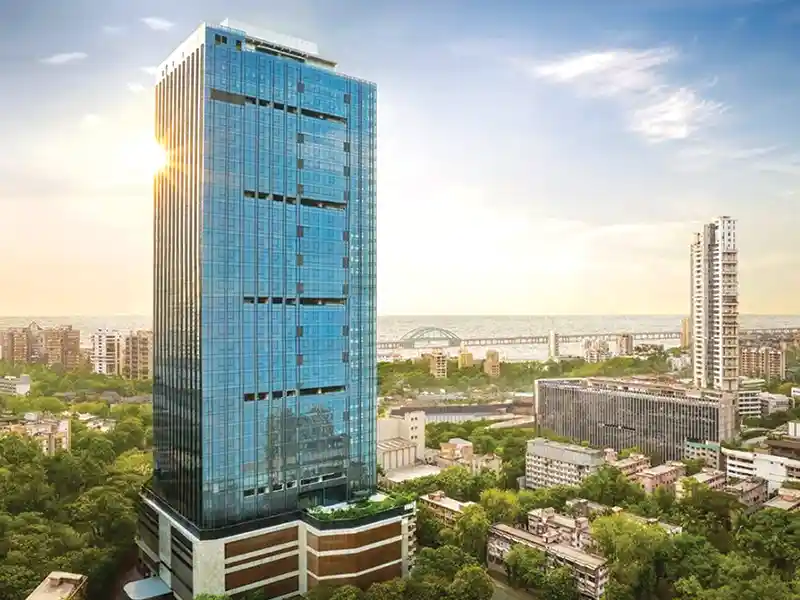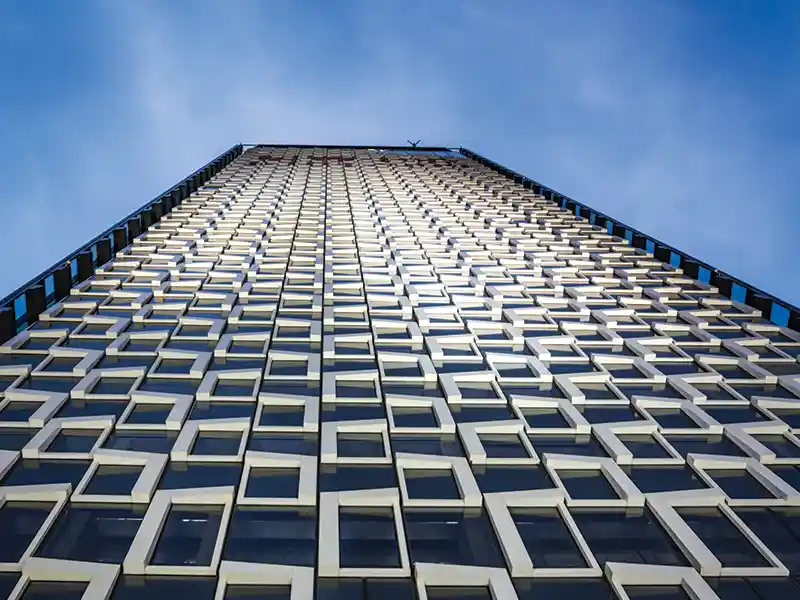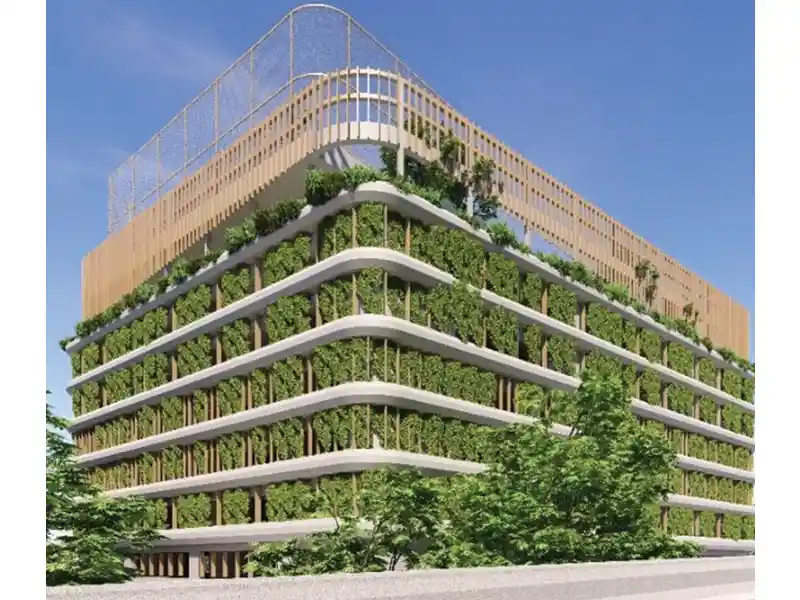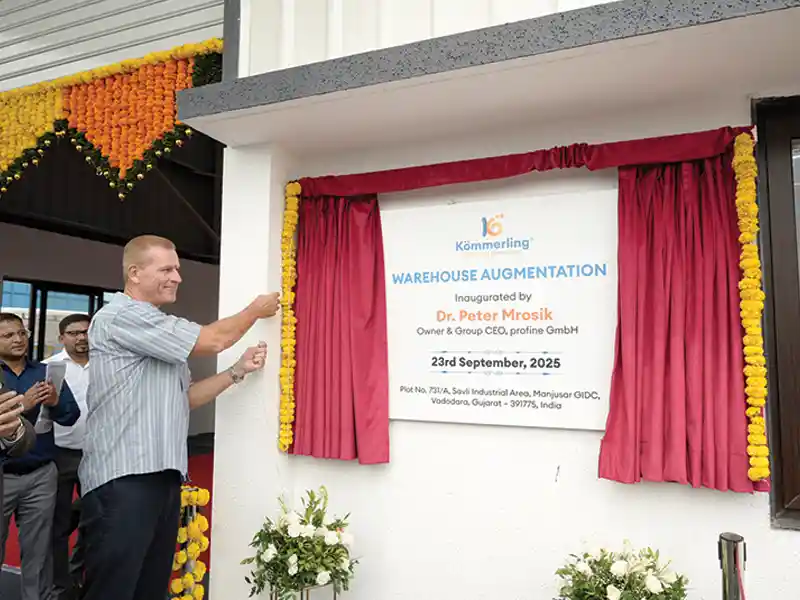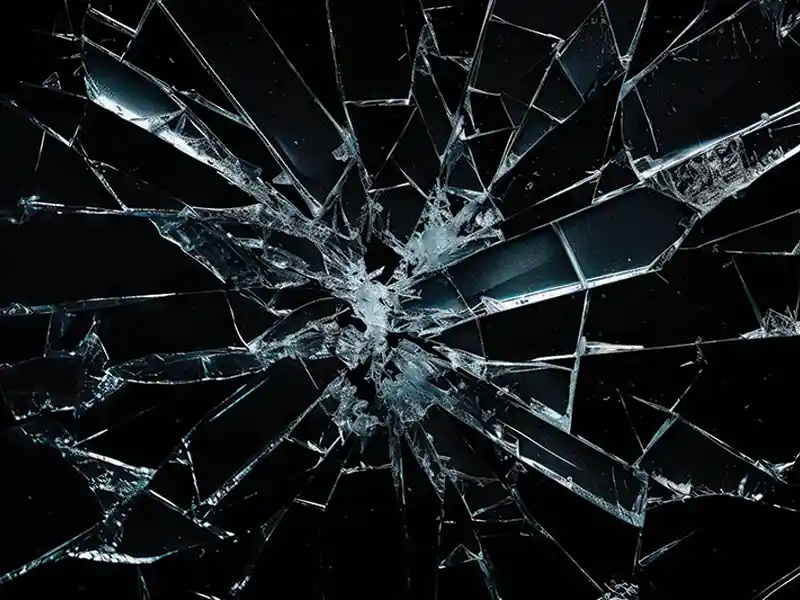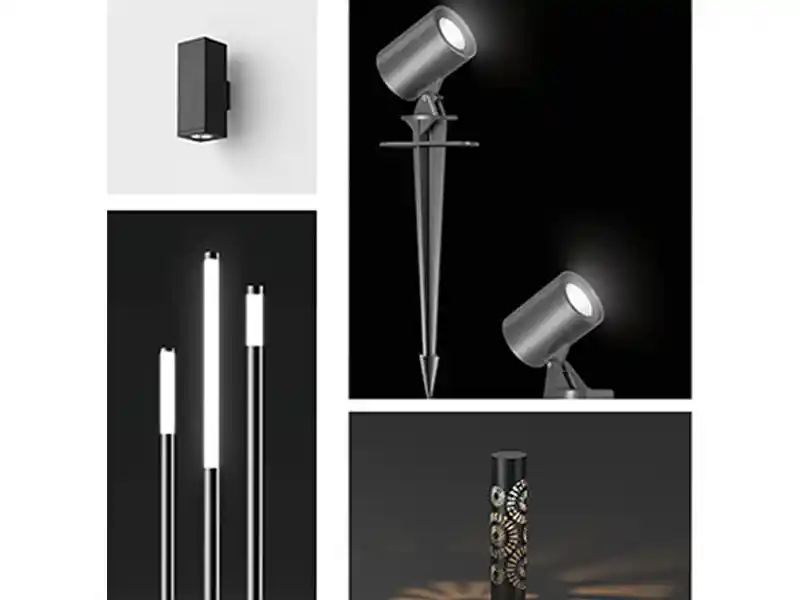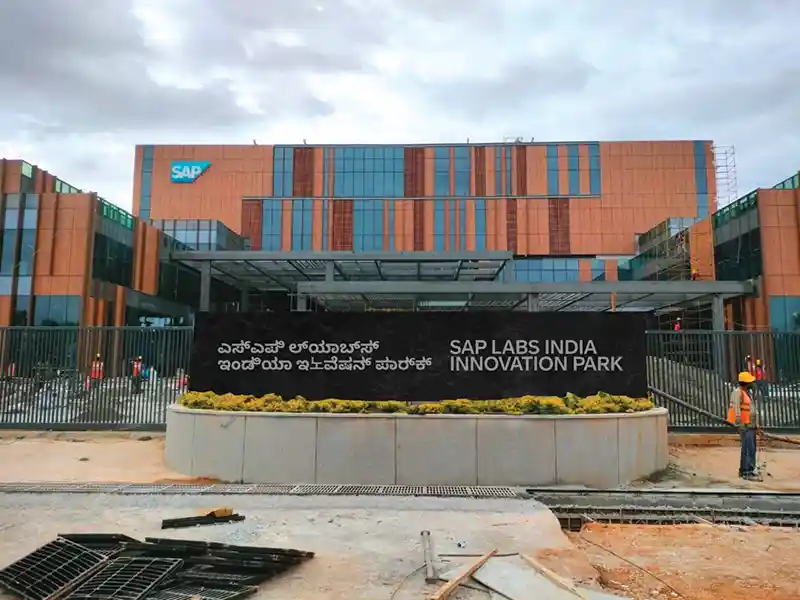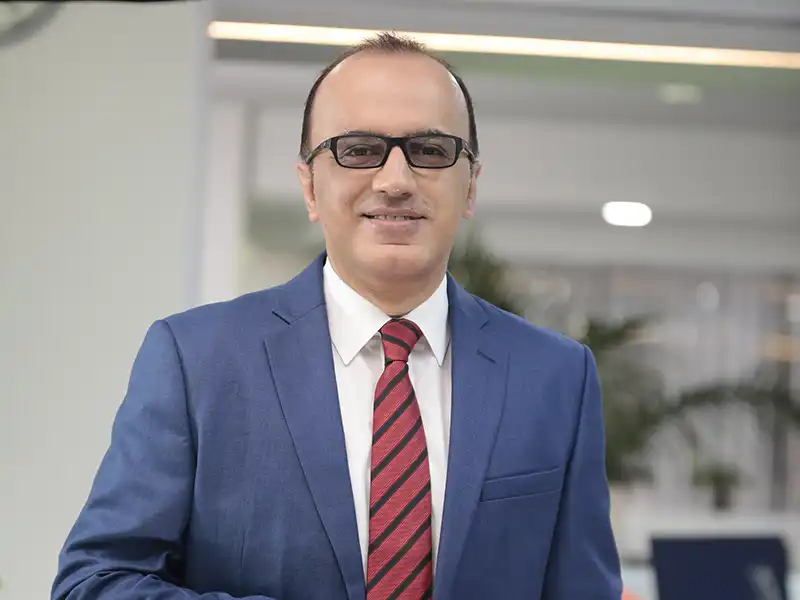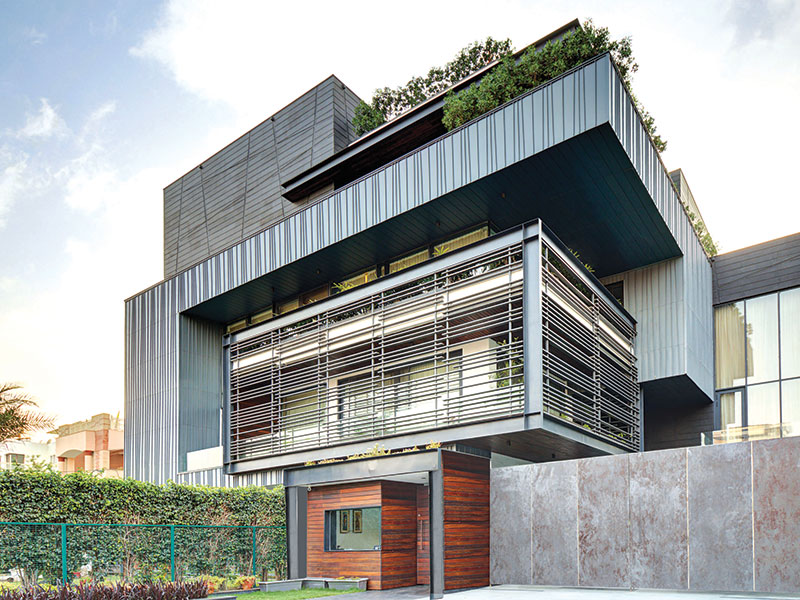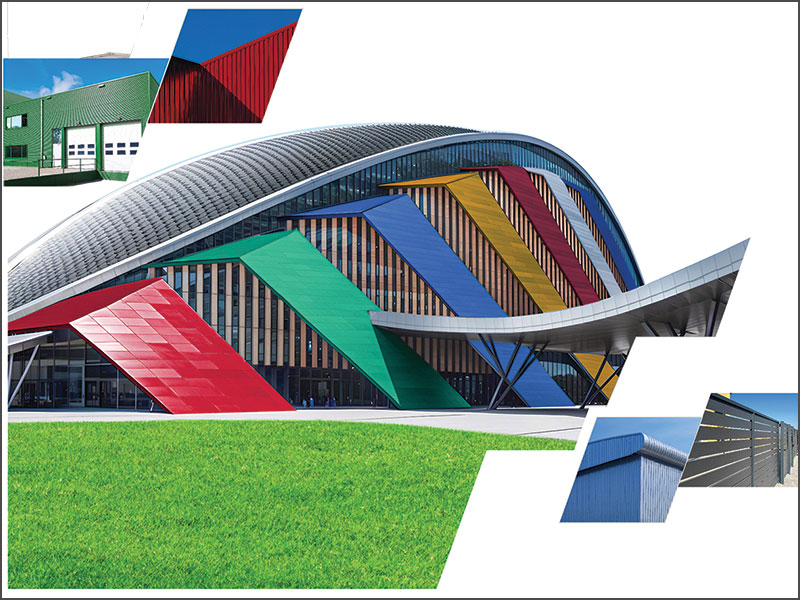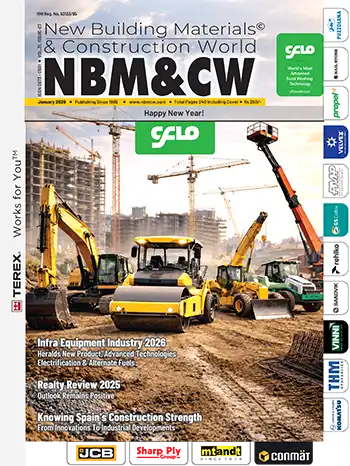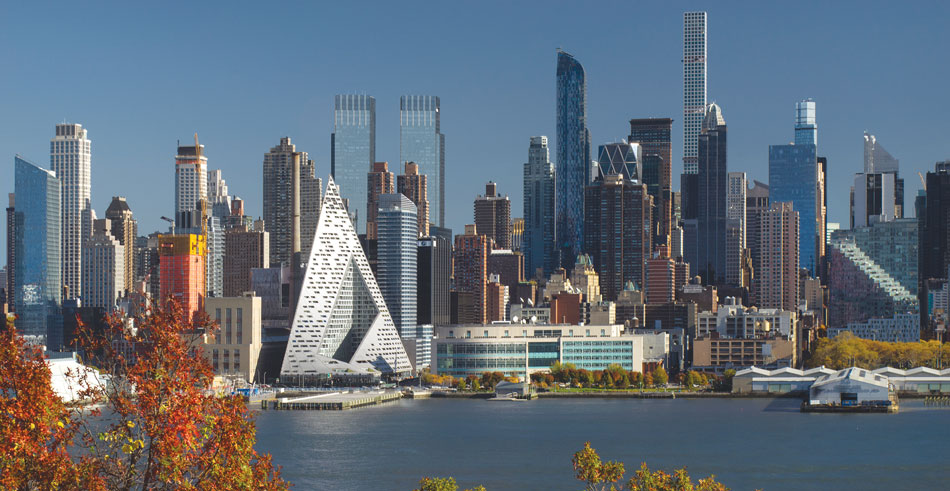
From eliminating use of silicon sealants in ACP façade construction, to using media façade system to make buildings communicate, creating a façade to cleverly convey a building's intent and trade, or referencing a university's engineering activities within, to concealing the industrial nature of the space inside, all this and more are throwing up new ways of expression, and inspiring architects to experiment with a mix and match of façade design elements and materials, even as the old tried and tested creations continue to dot the landscape with their timeless appeal. Architects Amol Prabhu, Sabeena Khanna, and Sanchit Arora share their views with Seema Gupta.
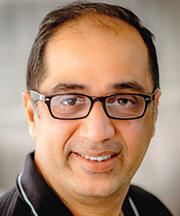
Ar. Amol Prabhu, Partner at SPA.
A facade is supposed to protect a building's interior from the exterior elements. Earlier, buildings were designed with a solid stone facade. The idea behind this perennial cladding material was its strength, longevity, ease of maintenance and durability; not to mention the ability of the natural stone to facilitate decorative carving. Though the fundamental philosophy behind facade selection hasn't changed much in all these years, however, the prohibitive cost of natural materials have forced people to start using cheaper man-made alternatives.
There came an era where the cost of the building had to be reduced substantially for financial feasibility and the first casualty was the facade. Lime plastered exterior over bricks became a norm, which later changed to cement plaster. With the introduction of development control rules and regulations, the building elevation started getting dictated more by its regulation than the artistic value of their front face; and the facade became just another face to enclose the interior.
Today, times have changed once again. End-users are becoming more demanding and are choosing better looking buildings over others. Developers and designers are, therefore, forced to spend money on building facades in order to attract customers.
Today, end-users are becoming more demanding and are choosing better looking buildings over others. Developers and designers are, therefore, forced to spend money on building facades in order to attract customers. Development in modern technology has enabled production of superior products such as glass, Aluminium Composite Panels and High Density Boards (HDF). Natural Manufactured Materials such as Steel, Bronze, and Zinc are getting introduced into building facade these days.
Ceramic tiles are being used in facade due to their high dimensional tolerances and a large variety of colors and textures. Digital Printing technology has facilitated screen printing on any material and Computer Numeric Controlled (CNC) Machines are facilitating accurately machined perforated facades too. Therefore, options in facade design are limited only to the limit of thought.
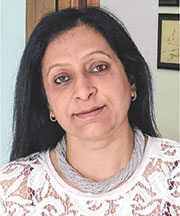
Ar. Sabeena Khanna, Founder Studio KIA
The façade of a building is the prime determining identification factor of how people perceive the structure on the first glance. Blending the building envelop with the structural elements exceptionally well while adding a touch of elegance to the combination making what we refer to as 'iconic' structures.
Numerous efforts and iterations go into making the façade of a building look the way it does. Aesthetical implications, energy management, climate variations, occupancy hours are only some of the factors. Changing the façade can totally change the perception of the building. One cannot stress on how important faade design is for a building. It is hence, of utmost importance that building reflects the times it was built in. This brings us to the question of what should a building of the 21st century look like?
We, as architects, are also looking at ways to add green to building facades. Some techniques gaining popularity are vertical / façade gardening by use of hydroponics. However, hydroponics require strict maintenance so it has not become the most favorable option, yet. Green roofs have been around for sometime now. Green walls that bring down cooling loads are on their way. We are now starting to look at how buildings can blend in their surroundings.
A new conceptualization of "Invisible buildings" using some of the now common building materials in unorthodox ways to achieve different kinds of effects, allowing a building to blend into natural skylines without appearing like a sore thumb ruining the city silhouette. The need of the hour is to address the problem of population migration into urban areas from the rural areas by blending the public and private spaces together. Façade and form designing are playing a crucial role in making buildings look more public-friendly and inviting to all sects of people, irrespective of economic divide.
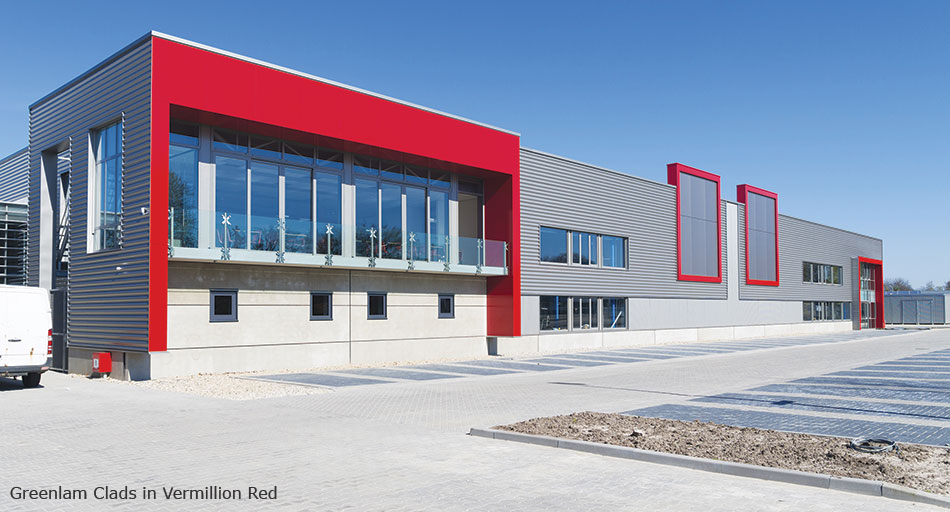
Steadily, Iconic architecture is becoming "starchitecture" where unique façade pioneers like Frank Gehry have constructed buildings which seem very fantasy-like from the outside, making people feel like they have stepped into the future. Other more subtle yet noteworthy projects include original designs for shading devices over facades, which are used in tandem to create memorable facades, using materials like concrete or tinted glass.
Another upcoming concept is that of dynamic adaptive facades, with movable components engineered to work on the data provided by building management software as per the comfort of its inhabitants. These parts of facades act like a "living organism" which is to make the façade come alive. Imagine living in a building that was alive. Seems like a wild concept, doesn't it? But it is the future of buildings which is not too far away, hopefully.

Ar. Sanchit Arora, Studio Head Architect, Renesa Architecture Design Interiors Studio
Architecture has evolved over these years and so has the way of designing and setting up the facade systems for the same. The body language of an architectured building and an architect's ideology is only spoken through the design lines of the facade. Hence, the importance of ideating with the facade language has become really important in today's world. From enhancing the aesthetics via the color theories and the play of different technological movements, the construction and techniques have revolutionized the skin development systems of the built set-ups in India and the world around.
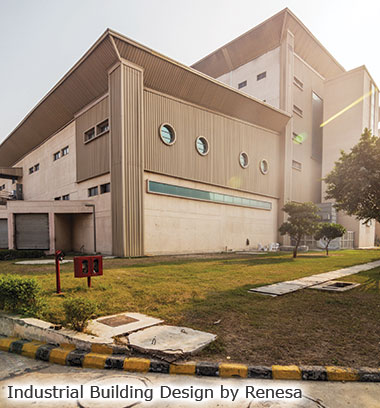
From using real bricks to their different laying, old school architectural styles have also been modified to suit today's design ideologies, hence, we can never standardize the latest trends in facade designing concepts as they keep evolving each and every day with the amalgamation of new and old concepts with respect to materials, colors, technologies and construction ideas.
Since most of us are going to be doing ordinary facade designs in our lives with the budget provided, the most important thing is to do those ordinary facade designs extraordinarily well!

